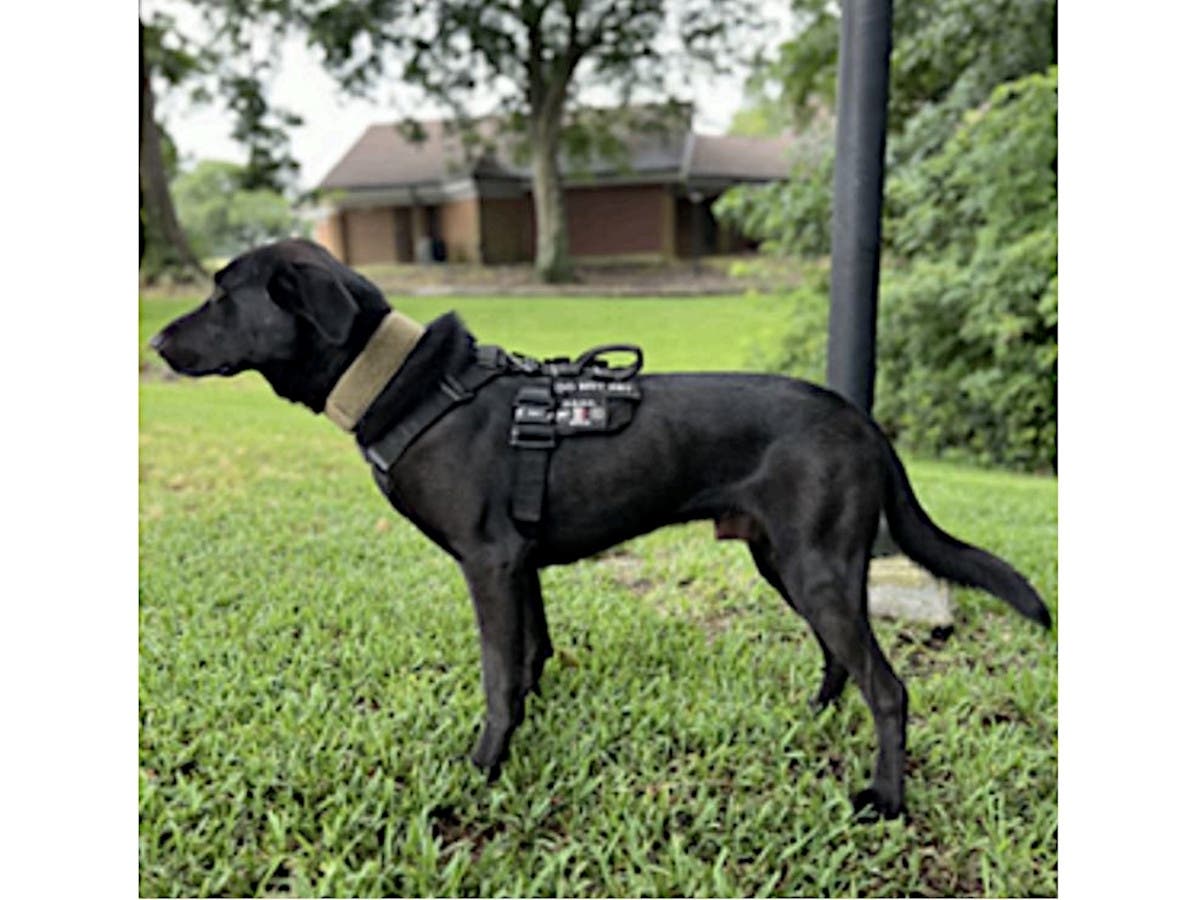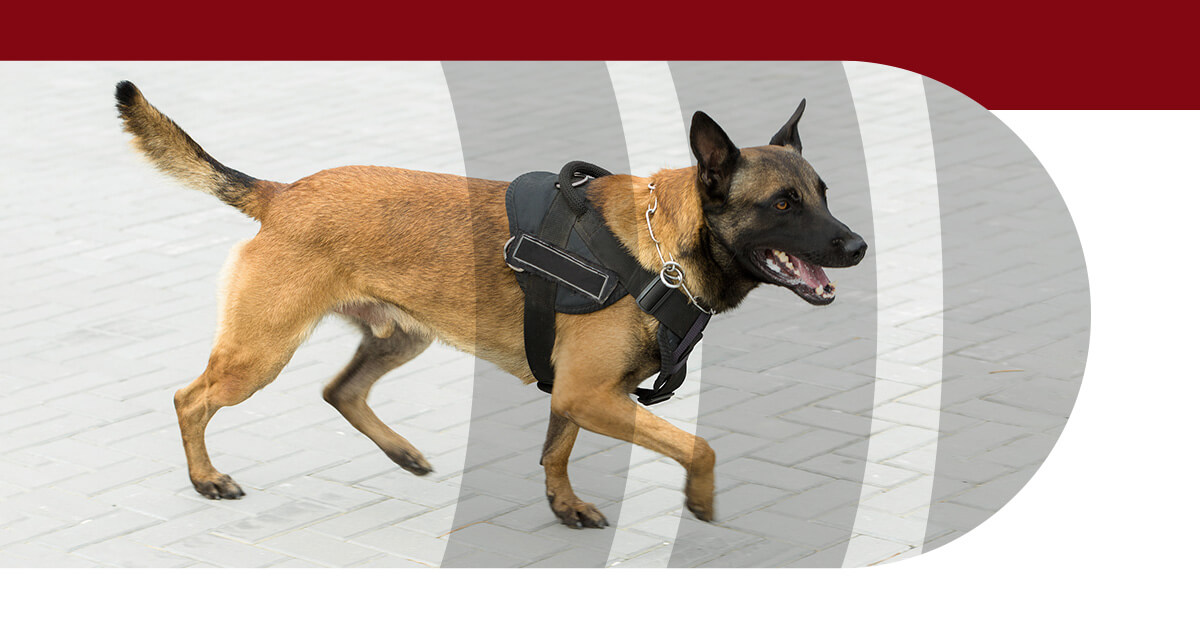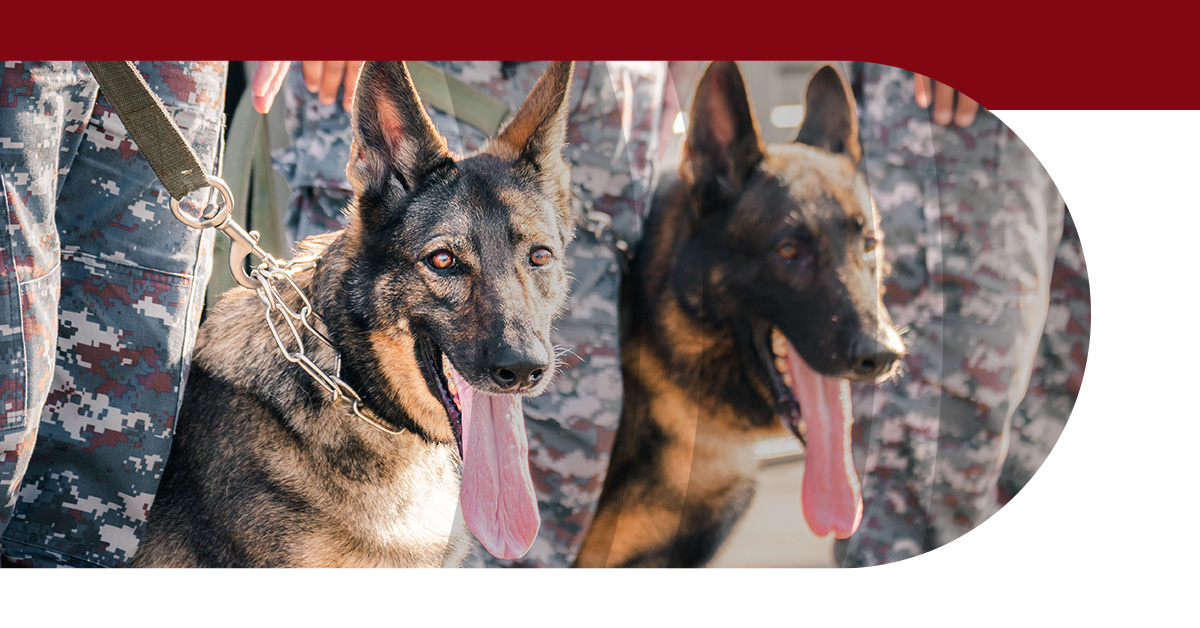News
The History of K9s in Security
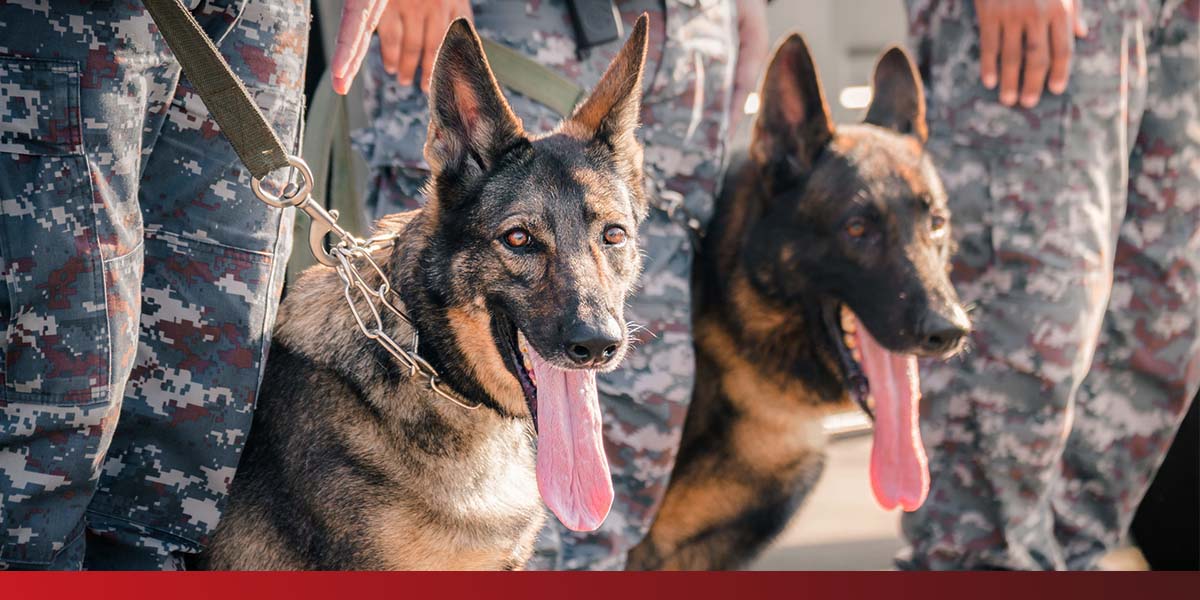
Canines can be significantly helpful and sometimes even critical in certain law enforcement tasks. Whether it's to detect drugs, explosives or criminals, these dogs have undergone intricate breeding and training over generations to finally provide the safety and security they offer society today.
The earliest instance of using canines for security goes as far back as the late 1800s and has evolved greatly ever since. This guide explores the history of K9 security and the evolution of K9s in their various security roles.
What Is the Origin of K9?
The first K9 unit was officially created in 1942 when the United States military began recruiting and training dogs for World War II. Each of these dogs specialized in one of four programs, including mine detection, sentry dogs, messenger dogs and scout or patrol dogs. Many K9 units outside of war mainly aimed to track suspects, lost people, explosives and drugs. K9 originates from the term “K-9 Corps,” which was the name for the Army's War Dog Program in World War II.
Before the unit was officially established in law enforcement, Ghent, Belgium created a K9 training facility mostly for Belgian sheepdogs and wolfhounds in 1899. As they became a world leader in canine training, a New York Police Commissioner sent an inspector to study the Ghent training program in 1907. At the end of his visit, they offered him five Belgian sheepdogs to use and breed for law enforcement operations.
This marked the beginning of the U.S.'s first canine training program, although it only resulted in moderate success for the New York Police Department (NYPD). This is because while the dogs obeyed law enforcement, they were trained to tackle and show aggressiveness to anyone without a police uniform.
Another agency in Glen Ridge, New Jersey, also adopted the Ghent training program with two Belgian sheepdogs from the NYPD in 1910, although they needed to disband the unit in 1918 due to complaints from civilians.
Following this, dogs were used more informally for security between 1920 and the 1940s by private agencies and the military. American law enforcement only tried implementing these programs again in the early to mid-1950s when the world saw the successful use of security dogs in World War II.
The History of K9 Patrol Dogs
U.S. law enforcement made various attempts before they were finally successful in training K9 patrol dogs around 1956. The Baltimore City Police Department began first by creating a modern canine corps. The Los Angeles Police Department followed suit and earned various benefits, although there were few benefits in foot patrols compared to motor vehicle patrols.
Their main qualities included loyalty, courage, obedience, discipline and recognizing when someone needs protection. The success of Baltimore's program gained attention throughout the U.S., which prompted many nearby police departments to request specialized K9 unit training.
The History of Drug Detection Dogs
The use of dogs for narcotic detection was first implemented by the U.S. Customs Service in 1970. At the time, the agency experienced a shortage of inspectional staff, an increased amount of passengers and vehicles and a flood of illegal narcotics. One manager in the U.S. Customs Service believed dogs might be able to detect illegal narcotics with the right training, so the manager asked personnel from the U.S. Air Force for technical expertise in dog training.
The Air Force offered five instructors to help develop the program. Over the years, they identified three key aspects that would influence a successful dog training program, namely dog selection, odor integrity and conditioned response development.
The History of Explosive Detection Dogs
In 1971, the University of Mississippi created a research program to see if dogs could identify hidden dynamite sticks and pipe bombs by smell. Two canines, a labrador and a German shepherd, did remarkably well in this project, using their senses to detect these hidden explosives that were saturated with highly explosive odors.
While New York police officers brought the German shepherd to New York's JFK International Airport to demonstrate its capabilities, there happened to be an anonymous bomb threat on one of the aircraft. Fortunately, the German shepherd successfully found a briefcase with an explosive inside, allowing the NYPD to remove and disarm the bomb within five minutes.
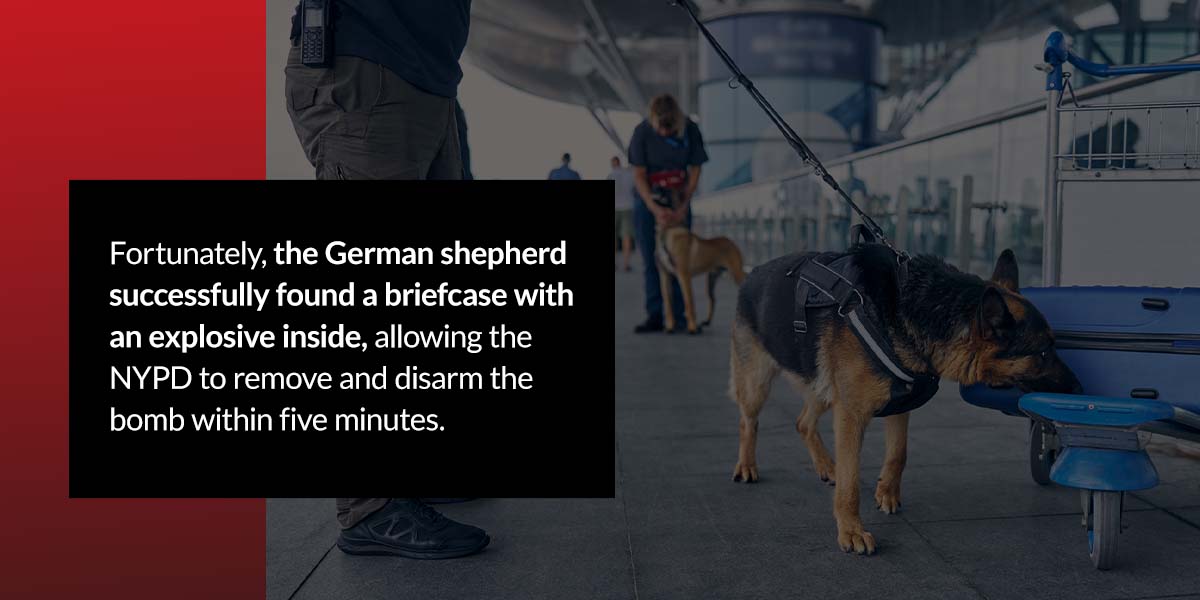
Before this, mine detection dogs were used in World War II to detect landmines. While there is little solid proof, a French source stated that the Russians began this method of identifying major weapons systems. They claimed that these dogs detected around 100,000 mines. Additionally, the Obstacle Assault Center (OAC) performed a trial comparing metal detectors to mine detection dogs in 1943. While the sapper with a detector took 22 minutes to find four out of 10 mines, three dogs took 32 minutes to find nine out of 10 targets.
The Evolution of K9s in Their Security Roles
After years of trial and error, law enforcement began to understand that dog training programs required a bond between the handler and the dog. With the constant changing of handlers, the dog may find it challenging to connect and effectively learn to obey commands. There are also various other aspects that people realized were essential in building an effective K9 unit in security.
K9 Patrol Dogs
K9 patrol dogs are now used near various commercial premises, open spaces and building sites to protect businesses and people. They are obedient, alert, fast and agile, allowing their senses to quickly identify intruders and improve the security of an area. They are also a great psychological deterrent because criminals become more wary about committing crimes and terrorist attacks.
Drug Detection Dogs
People realized that successful drug detection in dogs can only happen with the right dog breed, behavior and memory. For instance, dogs with a natural desire to retrieve are easier to condition to respond to narcotic odors. This includes labrador retrievers, golden retrievers and German short-hair retrievers. Training these dogs for drug detection involved creating a connection between a dog's training toy and a controlled substance's odor.
Explosive Detection Dogs
Similar to drug detection, instructors learned that the personality of a dog and their training methods can significantly impact their effectiveness in detecting explosives. Instructors typically monitor and choose canines from a young age for training depending on whether they are sociable, impulsive, energetic or conscientious. Some training methods for these dogs involve offering a reward for identifying a specific odor.
Leverage K9 Security With 3DK9
The history between K9 units and police departments involved various practices and trials that helped these detection dogs become as useful as they are today. These dogs have formed a critical part of law enforcement agencies for their ability to find drugs, explosives, firearms and particular people.
Whether you require a trained K9 unit for guarding or detection, 3DK9 offers detection services with the unit you need to improve the safety and security of your business or area. Our dogs hold various certifications to perform at a higher standard and we include GPS tracking and in-depth reports. We welcome you to contact our experts today for quality K9 solutions.





